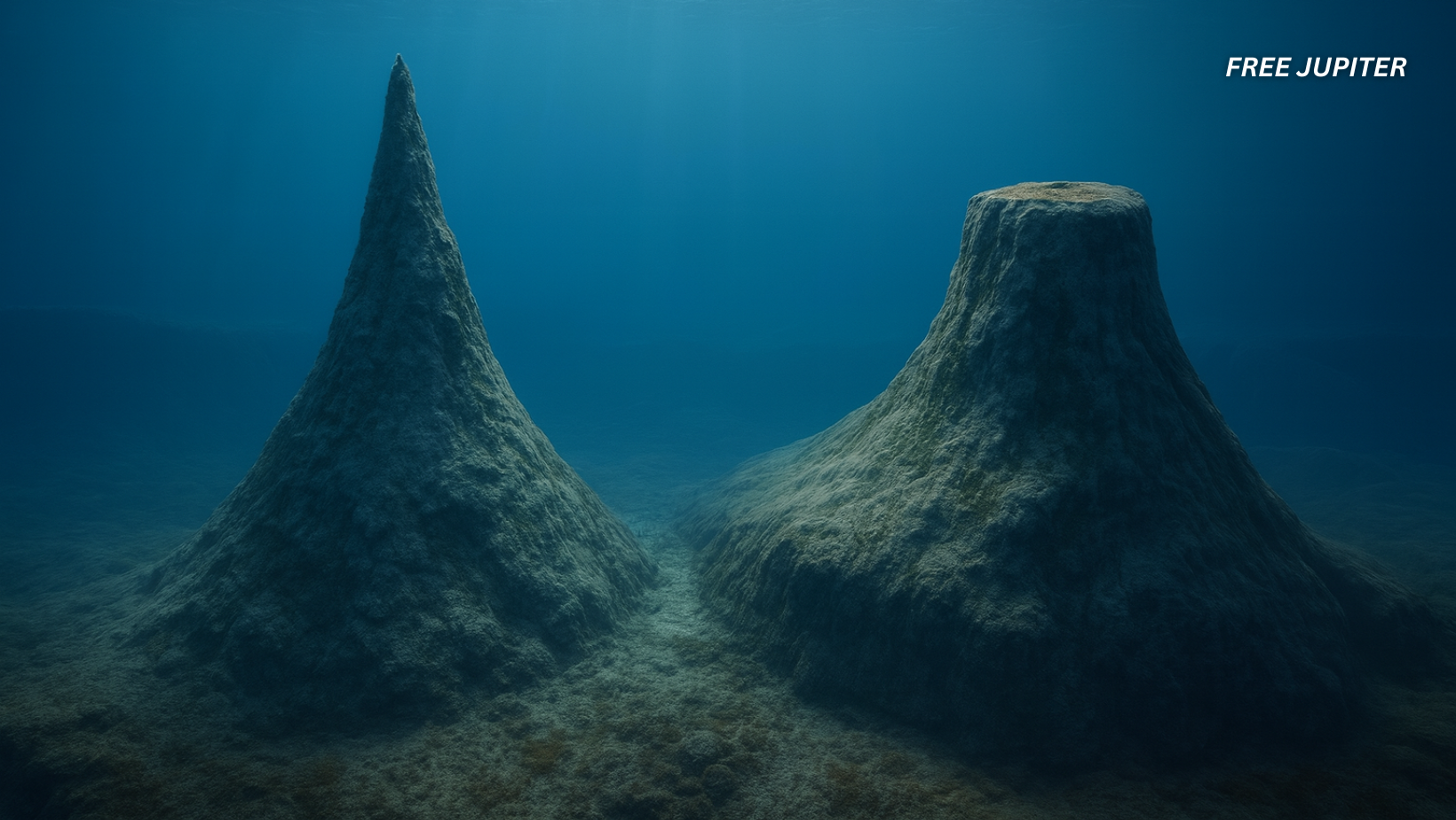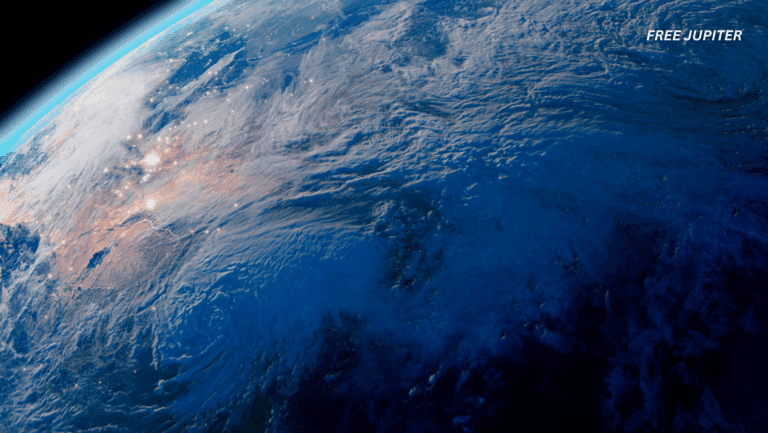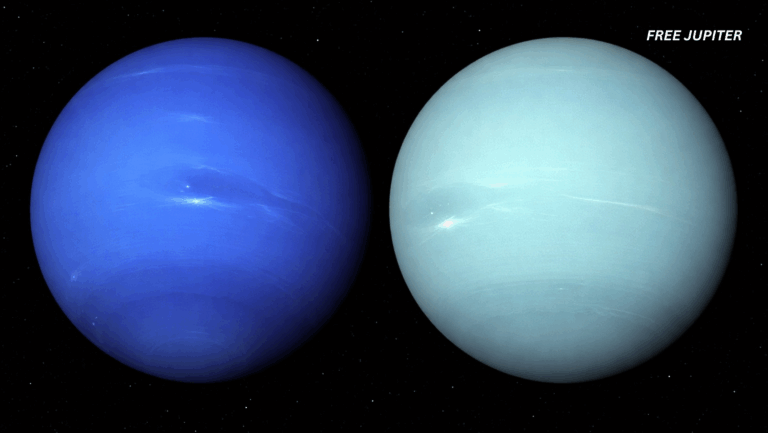When most people picture the Great Barrier Reef, they imagine colorful corals, swarms of tropical fish, and an underwater paradise teeming with life. What few would guess, however, is that hidden among its vast expanse lies a newly uncovered giant—an enormous coral reef structure taller than New York’s Empire State Building.
This discovery, made at the northern tip of Australia’s Great Barrier Reef, is being hailed as one of the most significant reef finds in more than a century. It is a reminder that even in one of the most studied marine environments on Earth, there are still monumental surprises waiting to emerge from the deep.
Rediscovering the Unknown After 120 Years
The towering reef was identified during a 12-month expedition dedicated to mapping the ocean floor in extraordinary detail. Scientists working off Cape York, a remote northern stretch of Queensland, noticed an unusual formation during their surveys. Further exploration revealed that they were looking at a detached reef unlike any recently documented in the area.
At a height of about 500 meters (1,640 feet), the reef soars higher than many of the world’s most iconic skyscrapers, including Kuala Lumpur’s Petronas Towers and even the Empire State Building. Its base stretches roughly 1.5 kilometers across, before narrowing into a sharp, blade-like ridge that rises toward the surface. At its shallowest point, the reef sits just 40 meters beneath the ocean’s surface, making it relatively close to the light-filled upper layers where many marine creatures thrive.
This is the first time in more than 120 years that a structure of this kind has been discovered in the Great Barrier Reef region. The last comparable discoveries date back to the late 1800s, showing just how rare and extraordinary this finding truly is.
Read more: In Japan, Drunk Individuals Are Surrounded With Water to Help Them Rehydrate When They Wake Up
Robots Meet the Reef: How Scientists Explored It
Discovering the reef was only the first step. To fully study its size, shape, and ecological role, researchers needed to get a closer look. This is where technology stepped in.
Aboard the Schmidt Ocean Institute’s research vessel Falkor, scientists deployed an underwater robot named SuBastian. Equipped with high-definition cameras and advanced sensors, SuBastian descended into the depths and began streaming live footage of the reef. The robot’s journey was broadcast on YouTube, allowing not only scientists but also the general public to witness the awe-inspiring view of this natural skyscraper rising from the seafloor.
Dr. Jyotika Virmani, the Institute’s executive director, emphasized that the discovery highlights how much remains unknown about our oceans. She described the find as a reminder of the mysteries lying just beyond our coasts—hidden worlds waiting to be mapped, understood, and protected.
The Great Barrier Reef: A Living Wonder Under Pressure
To grasp the importance of this new reef, it helps to understand the broader environment it belongs to.
The Great Barrier Reef is the largest coral reef system on Earth, stretching over 2,300 kilometers (1,400 miles) along Australia’s northeast coast. It is home to a staggering variety of life: more than 1,500 fish species, 411 types of hard corals, sea turtles, sharks, rays, and countless other marine organisms. In recognition of its global significance, it was designated a UNESCO World Heritage Site in 1981.
For Indigenous communities of Queensland, the reef has long held cultural and spiritual importance as well, woven into stories, traditions, and ways of life that predate modern science.
Yet, despite its beauty and richness, the reef has been under siege. Rising ocean temperatures caused by climate change have triggered widespread coral bleaching events. These events weaken or kill corals, leaving behind ghostly white skeletons that are far less capable of supporting marine life. In addition, pollution, overfishing, and coastal development have compounded the pressures.
A recent long-term study reported that since 1995, the Great Barrier Reef has lost more than half of its coral cover. This decline is not only a blow to biodiversity but also a warning signal for humanity, as reefs provide essential services such as storm protection, fisheries, and tourism.
Read more: Humanity Is Undergoing Huge Evolutionary Changes, Scientists Say
Why This Discovery Matters
Beyond the sheer thrill of finding something monumental after more than a century, this discovery carries broader significance. It underscores just how incomplete our knowledge of the ocean remains, even in areas that attract global attention.
SOI co-founder Wendy Schmidt highlighted that our understanding of the ocean has been historically limited. With new technologies—robots, 3D mapping, and live-streamed explorations—scientists now have the tools to act as “eyes, ears, and hands” in the deep. These advances are opening up entirely new ocean landscapes, revealing ecosystems and species that had previously gone unnoticed.
In essence, the discovery reminds us that the ocean is not static. It is a living, shifting world where new structures, species, and interactions are constantly unfolding. Recognizing this dynamism is crucial for conservation and management efforts, particularly as the ocean faces mounting pressures from human activity and climate change.
Other Discoveries from the Same Mission
This towering reef is not the only remarkable find to emerge from the Schmidt Ocean Institute’s expeditions.
Earlier in the year, the team discovered what may be the longest known sea creature: a 45-meter-long siphonophore. These deep-sea organisms, related to jellyfish and coral, are colonies made up of many smaller units that function together as a single being. Some siphonophores are bioluminescent, producing eerie blue or green light in the darkness to lure prey.
Other discoveries include new species of black coral and sponges, as well as the first documented sighting of a rare scorpionfish in Australian waters. Each of these finds adds another piece to the puzzle of Earth’s ocean biodiversity.
The Bigger Picture: Oceans as the Final Frontier
It’s easy to forget that while humans have mapped the surface of Mars in remarkable detail, we still know relatively little about our own oceans. In fact, more than 80% of the world’s oceans remain unmapped and unexplored.
This lack of knowledge matters. Oceans regulate climate, support global fisheries, and harbor ecosystems that may contain medicines or genetic resources yet to be discovered. They are also vital to the cultural identity and livelihoods of millions of people.
The discovery of a towering reef in such a well-known area serves as a reminder that we have barely scratched the surface of what lies beneath the waves. It also highlights the urgency of exploration—because understanding is the first step toward protection.
Read more: Scientists Say An Ancient Impact With Another Planet Could Have Sparked Life on Earth
A Reminder of Earth’s Living Secrets
The ocean is often described as Earth’s last frontier, and discoveries like this one reinforce that reputation. A reef taller than skyscrapers, hidden for centuries, has now entered the scientific record—not as a relic of the past, but as a living, thriving part of the planet’s present.
As researchers continue to explore, one message becomes clear: the natural world still holds monumental secrets, and unveiling them is both a scientific responsibility and a source of wonder. The towering reef off Cape York is more than a geological structure; it is a symbol of resilience, mystery, and the boundless potential of discovery still waiting beneath the waves.
Featured image: GPT-5o Recreation.
Friendly Note: FreeJupiter.com shares general information for curious minds. Please fact-check all claims and double-check health info with a qualified professional. 🌱










